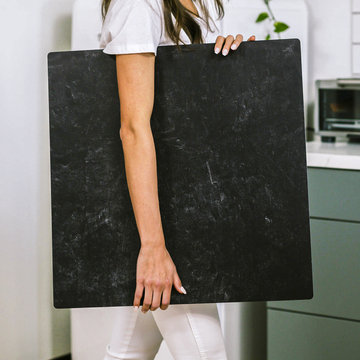When you imagine a product photography studio, it’s easy to picture vast backdrops and sprawling props. But for many creators, artists, and entrepreneurs, the true magic happens on a much smaller scale-right on their desk or kitchen table. Small backgrounds, whether they’re purpose-built surfaces or simply clever arrangements of props, do far more than save space. They offer a world of creative control and technical nuance that can elevate your photography in unexpected ways.
In this post, we’ll dive into the often-overlooked science of small backgrounds, uncovering how they shape light, influence perspective, and open up a lab for limitless innovation in tabletop photography.
Why Small Backgrounds Matter More Than You Think
Small backgrounds are much more than convenient-they’re highly effective tools for precise photography. With just a little attention to setup, you can:
- Direct and shape light with impressive accuracy
- Construct repeatable, professional scenes in minutes
- Manipulate scale and perception to make products, food, or crafts look epic
Let’s take a look at exactly what’s happening inside these compact environments.
The Science of Light: Control in a Tiny Box
Bringing your background close to the subject isn’t just about saving space. It actually changes the way light behaves in your scene:
- Light spill is minimized: With backgrounds and “walls” just inches away, light no longer bounces around randomly. You get fewer unwanted highlights and shadows, making it easier to achieve crisp, clean shots.
- Stronger bounce effects: A close, reflective surface will fill in shadows more dramatically, giving soft, natural glow to everything from baked goods to jewelry.
- Deeper contrast: The rapid falloff in brightness (because of the inverse square law) lets you make your product pop by underexposing the background a stop or two-no extra gear needed.
Perspective and Depth: Unleashing Creative Illusions
Small backgrounds do wonders for manipulating viewer perception. With careful arrangement, you can:
- Create miniature “worlds” that feel expansive, even in tight quarters
- Play with scale by positioning props close together, making even tiny products look bold and important
- Craft dreamy depth of field: When your subject is close to both your lens and background, textures blur into soft color washes and fine details leap forward in sharp relief
Tips for Highlighting Texture and Mood
Choose backgrounds with subtle marble veining, natural wood grain, or other tactile designs. Up close, these will melt into visually rich blurs, adding emotion and shaping the mood of your image.
Building Modular Stories, Fast
For any brand or creative who values consistency, small backgrounds make life simpler. You can build modular sets and swap out surfaces in seconds to fit changing seasons, product lines, or moods. This approach not only saves time but also guarantees your shots look on-brand and professional every single time.
- Design themed kits that match your visual identity
- Test new layouts rapidly for social media variety
- Adjust color palettes or props for special promotions with minimal effort
Advanced Tactics for Tabletop Mastery
- Mind your seams: When backgrounds are close, viewers spot every edge. Use clamps, tape, or even embrace seams as creative lines leading toward your subject.
- Watch for color casts: Small environments amplify any reflected color, so always set your white balance for true-to-life results.
- Go mini with modifiers: Small bounce cards, reflectors, or compact softboxes work wonders for shaping highlights in tight spaces.
The Takeaway: Small Spaces, Limitless Creativity
You don’t need a warehouse studio to create standout photography. With smart use of small backgrounds, you become an architect of light, depth, and visual storytelling-all from a tiny footprint. It’s the ultimate creative lab, where physics and art come together on your own terms.
What’s your favorite way to use small backgrounds? Have you discovered a unique setup or surface that transformed your photos? Share your tips or questions below-I’d love to include your insights and experiences in future posts!
If you’re interested in more hands-on tips, lighting diagrams, or ways to DIY your own custom backgrounds, let me know what you’d like to see next!



